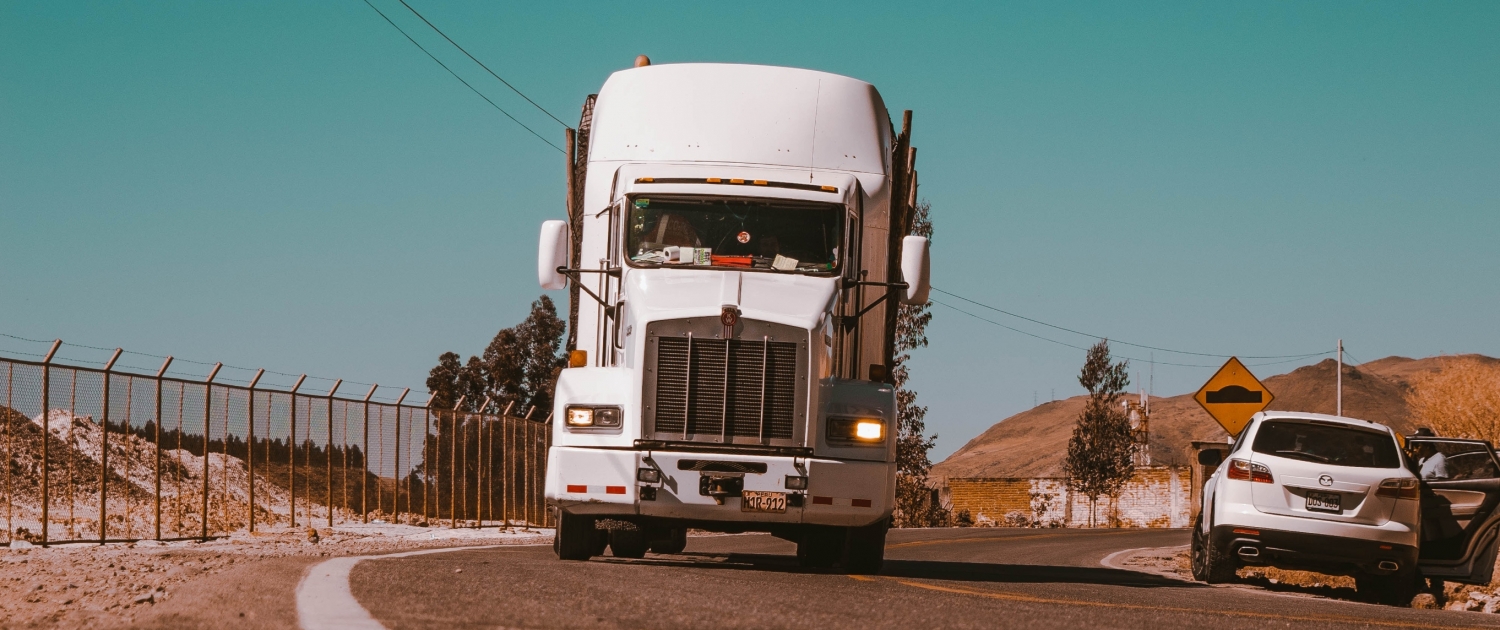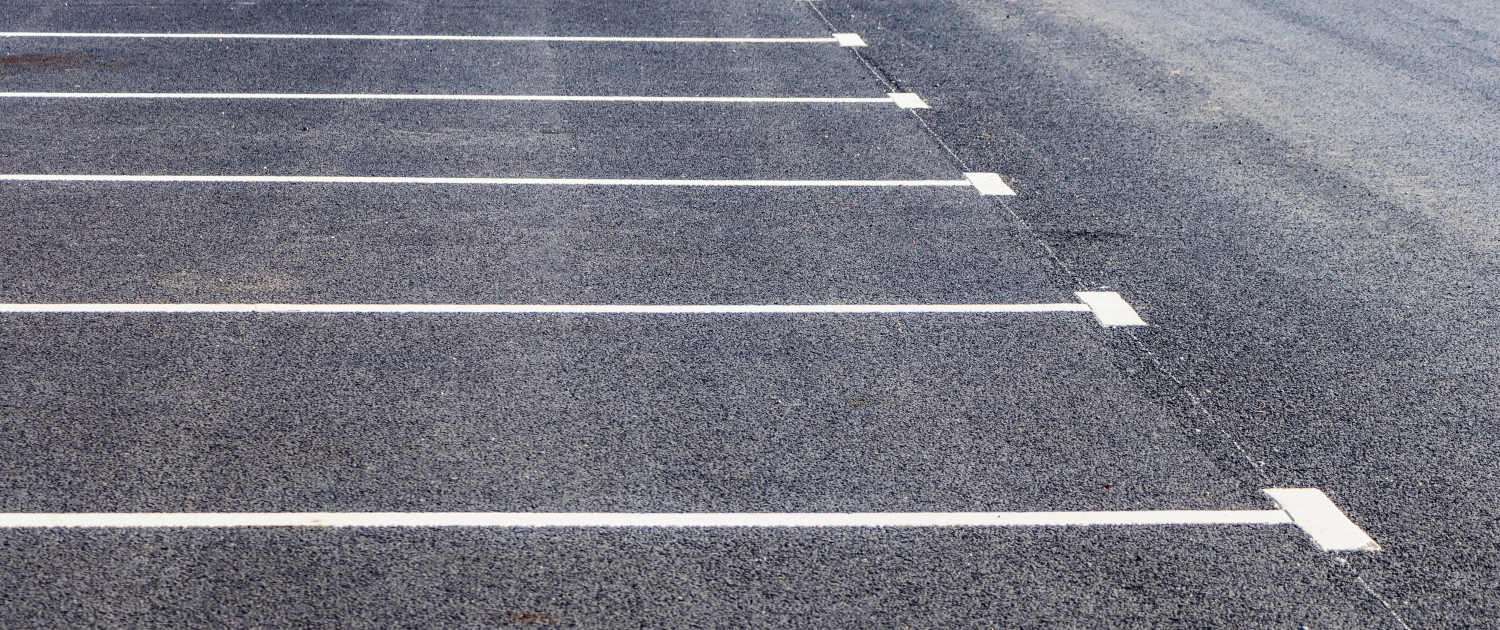
Whether you’re recruiting new drivers to your carrier or interacting with those who have been with you for years, communication is important. Successful communication with employees is crucial for any company’s success but comes with unique challenges for trucking carriers.
The nature of the job is that drivers will be on the road most of the time and communication rarely takes place in-person. To complicate matters, there is often a difference in culture between managers and drivers. That’s not to say that good communication is impossible for carriers, just that it takes a little more work than it would for your average company. Keep these 4 tips in mind if you want your carrier to have strong communication with drivers.
1. Be Curious and Understanding
 The most important part of strong communication with drivers is good listening. This means you actually take time and effort to hear drivers’ concerns and then address them. Good listening isn’t just reactive. Don’t just wait for drivers to come to you with their concerns. Be curious enough to inquire about their needs and questions.
The most important part of strong communication with drivers is good listening. This means you actually take time and effort to hear drivers’ concerns and then address them. Good listening isn’t just reactive. Don’t just wait for drivers to come to you with their concerns. Be curious enough to inquire about their needs and questions.
If you’re recruiting a new driver, you know which factors they are likely considering, so address them proactively. Ask questions centered around their home time, benefits, and compensation needs. If you’re getting feedback from current drivers, be curious about their preferences about type of haul, type of run, work schedule etc.
Good listening is only the first step. Once you’ve talked to different drivers to see if you can find any patterns in what they’re saying. Are we not keeping our promises around home time? Is there a certain dispatcher that multiple drivers are having an issue with? Once you’ve nailed down the issues, you can make an action plan for how to address them.
2. Know When to Call or Video Conference…
 Sometimes, the medium is the message. Choosing the proper communication method can make the difference between having successful conversations with drivers or leaving them frustrated. Some issues are too long or complicated to discuss over text or email. Calling drivers’ cell phones is the most popular way to communicate with drivers for a good reason.
Sometimes, the medium is the message. Choosing the proper communication method can make the difference between having successful conversations with drivers or leaving them frustrated. Some issues are too long or complicated to discuss over text or email. Calling drivers’ cell phones is the most popular way to communicate with drivers for a good reason.
Most drivers will carry their phones with them 24-7, so if you need to deliver some quick but important and time-sensitive information, this is the way to go.
You can be brief and to the point, while also delivering the personal touch. Same thing holds for job prospects you’re trying to recruit—you can quickly touch base about some details and leave a strong impression in their minds.
Speaking of the personal touch, consider requesting video conferences for added face-time. It’s tough to get an in-person meeting with drivers or job candidates if they are on the road. Using videoconferencing is the next best thing. It will also preserve important non-verbal cues like eye contact and body language. Video interviews are also becoming a popular alternative to phone interviews. Save this for important and longer conversations that could use the added human touch of face-to-face interaction.
3. …And Know When to Text or Email Instead

Knowing is half the battle. Sometimes, text or email is a better platform for communication. You don’t want to send a lengthy message over text. It’s best for short and sweet messages which are time-sensitive. Messages over text won’t require much elaboration or the personal touch to smooth things over.
It is usually best when it’s a follow up to an ongoing conversation rather than springing up something unexpected. Don’t text as the first method of contact to job candidates—it’s just too impersonal! Your job prospects will want to feel like you’re making the effort and that they are worth a phone call. On the other hand, you can text to set up a phone call or ask someone to call back to discuss further details. Texting also gets around network coverage issues or background noise, because the message will go through eventually.
Reserve email for the most important and lengthy messages. Usually, email is best for sharing critical documents like job applications, contracts, insurance policies etc. Sometimes email can also be better than a phone call if you want to keep record of what was agreed upon. Human memory is fragile, and two people may remember different things from the same phone call. Having the written documentation available makes things less ambiguous.
4. Treat Drivers with Respect and Build Trust
 This one cannot be overstated. None of your communication strategies and methods are going to work if drivers don’t feel that you’re treating them with respect.
This one cannot be overstated. None of your communication strategies and methods are going to work if drivers don’t feel that you’re treating them with respect.
It sounds like a no-brainer, yet this is one of the biggest complaints that drivers have—management doesn’t treat them with respect.
If you’re a recruiter making a first impression, this is even more important. Be careful not to speak too hurriedly, or as if you’ve been stressed or anxious just before the interaction. Friendly and respectful communication is more engaging and will make a better impression.
Even if you’re interacting with drivers who have been with your fleet for years, you should always speak to them as if it’s that very first time.
Strong communication with drivers takes time and consistency. A relationship with your drivers is just like a relationship with anyone else- you build more trust if you keep communicating honestly and clearly over a long period of time. Always being respectful, curious, and understanding in your communications with drivers will lead to a better working relationship, which in turn leads to better retention numbers, and an overall better image of your company in the industry.
Treat drivers with respect, build trust over the years through good communication, and the payoffs for your carrier will be enormous.





 The concern that female truck drivers have over equipment is two-fold. First, consider the ergonomics of a standard semi-truck cab. Generally, they’re built to fit the physical size of a larger man. It can be difficult for some women to reach the controls or get the seats adjusted into a comfortable position while keeping their feet on the pedals.
The concern that female truck drivers have over equipment is two-fold. First, consider the ergonomics of a standard semi-truck cab. Generally, they’re built to fit the physical size of a larger man. It can be difficult for some women to reach the controls or get the seats adjusted into a comfortable position while keeping their feet on the pedals.  The issue of safety is one that female truck drivers of all ages and backgrounds are aware of. Safety from physical harm or the threat of sexual violence is important for all women but affects female truck drivers in unique ways.
The issue of safety is one that female truck drivers of all ages and backgrounds are aware of. Safety from physical harm or the threat of sexual violence is important for all women but affects female truck drivers in unique ways. 



 It’s not breaking news that print media is on the decline. While ads in newspapers and magazines may have been the primary advertising channel decades ago, readership has gone down significantly.
It’s not breaking news that print media is on the decline. While ads in newspapers and magazines may have been the primary advertising channel decades ago, readership has gone down significantly.  You’ve seen these ads everywhere: Ones with 20-30 bullets listing out every facet and minute detail of a job. But the more information available for prospective hires, the better, right? Think again. In that very early stage of the job search, driver candidates are usually just looking for a few pieces of key information so they can decide if they want to learn more about the position.
You’ve seen these ads everywhere: Ones with 20-30 bullets listing out every facet and minute detail of a job. But the more information available for prospective hires, the better, right? Think again. In that very early stage of the job search, driver candidates are usually just looking for a few pieces of key information so they can decide if they want to learn more about the position.  To simply call social media popular anymore is a gross understatement. It’s become so entwined with people’s lives that we almost can’t imagine life without it. This is why it’s important for carriers who are looking to reach more drivers through their job ads to build up a presence on these social media sites.
To simply call social media popular anymore is a gross understatement. It’s become so entwined with people’s lives that we almost can’t imagine life without it. This is why it’s important for carriers who are looking to reach more drivers through their job ads to build up a presence on these social media sites.  Comprehensive CDL Recruitment Solutions
Comprehensive CDL Recruitment Solutions

 It’s no surprise that pay and benefits are the biggest reason that truck drivers leave one position for another. Carriers are finding that they need to go above and beyond from a compensation and benefits perspective, as offering the industry average simply isn’t cutting it anymore.
It’s no surprise that pay and benefits are the biggest reason that truck drivers leave one position for another. Carriers are finding that they need to go above and beyond from a compensation and benefits perspective, as offering the industry average simply isn’t cutting it anymore. Carriers who over-promise and under-deliver are finding that that model for attracting drivers is no longer solid. Truck drivers have more options than ever before when it comes to which carrier they can drive for, so being honest and transparent are the best things carriers can do during the interview and hiring process if they want to recruit top talent.
Carriers who over-promise and under-deliver are finding that that model for attracting drivers is no longer solid. Truck drivers have more options than ever before when it comes to which carrier they can drive for, so being honest and transparent are the best things carriers can do during the interview and hiring process if they want to recruit top talent.  As the saying goes, employees don’t leave the company. Employees leave the people at the company. If a truck driver finds themselves working with a dispatcher they truly dislike, it won’t be long before they start looking for a different opportunity.
As the saying goes, employees don’t leave the company. Employees leave the people at the company. If a truck driver finds themselves working with a dispatcher they truly dislike, it won’t be long before they start looking for a different opportunity.





 In the trucking industry, we hear a lot about a shortage of truck drivers and how that’s to blame for a lot of the logistics holdups our country is facing. While hiring and retaining truck drivers is definitely an issue that a lot of carriers are facing, there’s another that’s proving to be just as much of an obstacle; a shortage of semi-trucks.
In the trucking industry, we hear a lot about a shortage of truck drivers and how that’s to blame for a lot of the logistics holdups our country is facing. While hiring and retaining truck drivers is definitely an issue that a lot of carriers are facing, there’s another that’s proving to be just as much of an obstacle; a shortage of semi-trucks.  If you’ve tried to buy a personal car, pick-up truck, or SUV in the past two years, you’re probably aware of the microchip shortage that the auto industry is facing. Unfortunately for fleet managers and would-be owner operators, this is an issue for the trucking industry as well.
If you’ve tried to buy a personal car, pick-up truck, or SUV in the past two years, you’re probably aware of the microchip shortage that the auto industry is facing. Unfortunately for fleet managers and would-be owner operators, this is an issue for the trucking industry as well.  The two main groups being affected by the semi-truck shortage are fleet managers and owner operators. Owner operators eager to either buy their first truck or upgrade to a new one are finding it hard to do so with limited inventory and skyrocketing prices for both new and used trucks. Many dealers across the U.S
The two main groups being affected by the semi-truck shortage are fleet managers and owner operators. Owner operators eager to either buy their first truck or upgrade to a new one are finding it hard to do so with limited inventory and skyrocketing prices for both new and used trucks. Many dealers across the U.S 


 Custom Commodities Transport Partners with Drive My Way for Success
Custom Commodities Transport Partners with Drive My Way for Success

 It’s a driver’s market. If you want to be a trucking recruiter who
It’s a driver’s market. If you want to be a trucking recruiter who This might seem obvious, especially to an experienced truck driver recruiter, but it couldn’t be more important. The Commercial Carrier Journal
This might seem obvious, especially to an experienced truck driver recruiter, but it couldn’t be more important. The Commercial Carrier Journal  Gone are the days where a clean, mobile-friendly user interface was a nice, extra touch used by only the most tech-savvy trucking recruiters. According to the 2019
Gone are the days where a clean, mobile-friendly user interface was a nice, extra touch used by only the most tech-savvy trucking recruiters. According to the 2019  Coming into a new year or quarter, it is tempting to take on a heavy load, but don’t get caught in the frenzy. Your hours are limited. Take the time to prioritize your leads based on urgency and fit early on to increase your overall productivity.
Coming into a new year or quarter, it is tempting to take on a heavy load, but don’t get caught in the frenzy. Your hours are limited. Take the time to prioritize your leads based on urgency and fit early on to increase your overall productivity. As a trucking recruiter, you may feel like building relationships isn’t the best use of your time, but that couldn’t be further from the truth. Even when time is of the essence, you can’t afford not to get to know your potential drivers.
As a trucking recruiter, you may feel like building relationships isn’t the best use of your time, but that couldn’t be further from the truth. Even when time is of the essence, you can’t afford not to get to know your potential drivers.



 Hiring truck drivers is a competitive business. Driver recruiters are always trying to find new ways to get a leg up on the competition and bring in the best drivers to their fleets.
Hiring truck drivers is a competitive business. Driver recruiters are always trying to find new ways to get a leg up on the competition and bring in the best drivers to their fleets.  People are more likely to trust people who are like them over people who aren’t. This is why
People are more likely to trust people who are like them over people who aren’t. This is why  Though trucking remains an industry dominated by older males, there has been a
Though trucking remains an industry dominated by older males, there has been a  Many carriers still use recruiting processes which are outdated and cumbersome. You can stand out to truck driver candidates by adopting technology to make recruiting more efficient.
Many carriers still use recruiting processes which are outdated and cumbersome. You can stand out to truck driver candidates by adopting technology to make recruiting more efficient.  First impressions are extremely important in the recruiting process. When a driver candidate visits your company website or social media page for the first time, would you rather them be greeted by nothing but one company update from five years ago, or a number of blog posts, company photos, and videos sharing your company values and culture?
First impressions are extremely important in the recruiting process. When a driver candidate visits your company website or social media page for the first time, would you rather them be greeted by nothing but one company update from five years ago, or a number of blog posts, company photos, and videos sharing your company values and culture? 
